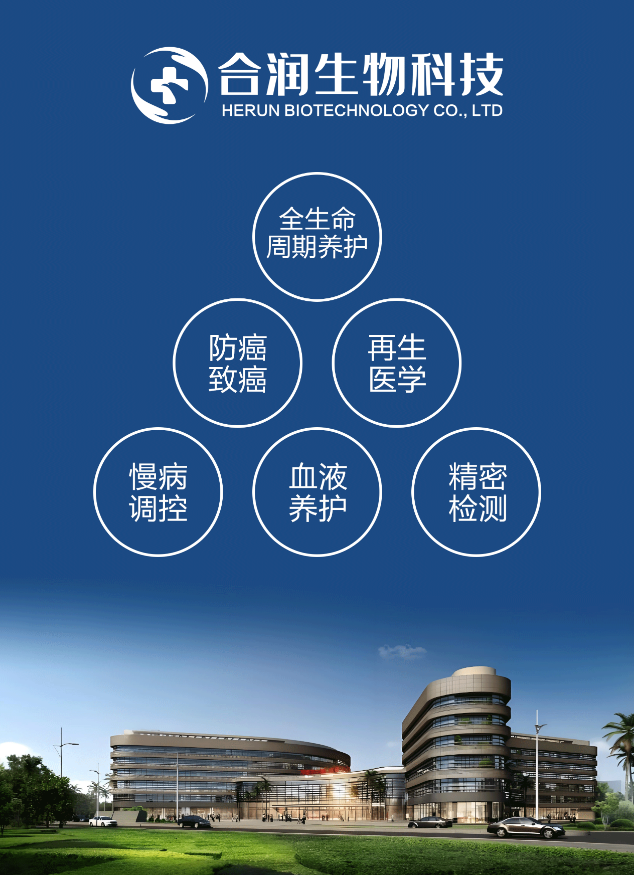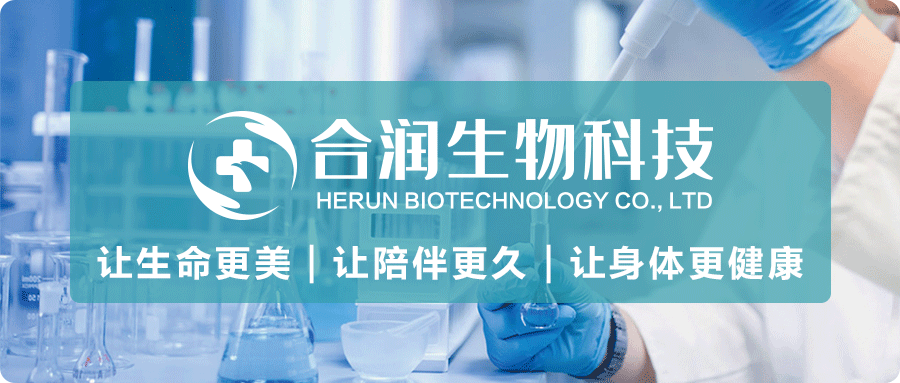
Introduction: In recent years, the rapid development of stem cell research has brought revolutionary changes to the medical field. These tiny but powerful cells, due to their unique regeneration and differentiation capabilities, are expected to treat a variety of diseases. From regenerating damaged tissues to repairing dysfunctional organs, stem cells have shown amazing potential.
This article will unveil the mystery of stem cells for you and explore why this cutting-edge technology can bring new life to patients.
1 What are stem cells? Where do they come from?
Stem cells are a type of cell with self-renewal and multiple differentiation potentials. They have the potential to regenerate various tissues, organs and the human body. They are called "universal cells" in the medical field.
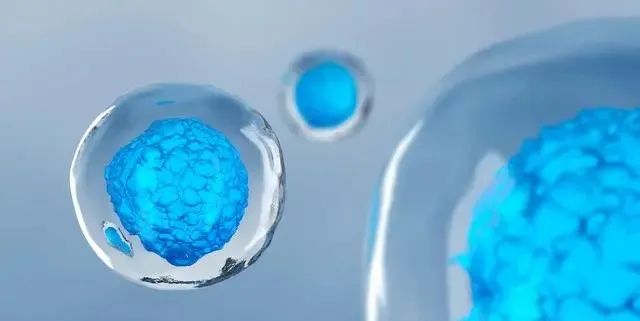
In layman's terms, stem cells can be called the raw materials of the human body. They can differentiate into all kinds of cells with specific functions in the human body. Under appropriate conditions in the body or laboratory, stem cells can divide into more daughter cells. These daughter cells either become new stem cells (self-renewal) or become specialized cells with specific functions, such as blood cells, brain cells, myocardium or bones, etc. In other words, stem cells have the natural ability to generate new cell types. Stem cells exist not only in embryos, but also in adults. The corresponding stem cells can be isolated from umbilical cord blood, umbilical cord, placenta, bone marrow, fat, blood and other tissues. According to different developmental stages of the human body, stem cells can be divided into: embryonic stem cells, perinatal stem cells and adult stem cells. According to developmental potential, stem cells can be divided into: totipotent stem cells, pluripotent stem cells and unipotent stem cells (specialized stem cells).
2 Three core functions of stem cells
First, stem cells have multidirectional differentiation ability, which means that they can differentiate into many different types of cells. This differentiation process enables stem cells to transform into specific cell types as needed to maintain and repair damaged tissues and organs.
Secondly, stem cells have the ability to self-replicate, that is, they can divide into new cells with the same abilities and characteristics as themselves. This replication ability enables stem cells to play a key role in maintaining the stability of the body's internal environment and cell renewal.
Finally, stem cells also have paracrine function, that is, they can secrete a variety of bioactive substances, including soluble cytokines, chemokines, growth factors, microRNAs, proteases and extracellular vesicles. These substances play an important role in intercellular signaling, tissue repair and regeneration.
3 What is the role of stem cells?
In short, stem cells play 6 roles:
1. Regulate and inhibit the immune system: Stem cells have unique immunoregulatory functions and can play a significant role in autoimmune diseases such as rheumatoid arthritis. By regulating the activity and function of immune cells, stem cells can reduce excessive immune responses, thereby reducing inflammation and joint pain.
2. Re-manufacture blood vessels and improve blood circulation: Stem cells can differentiate into vascular endothelial cells and promote the formation of new blood vessels, which is of great significance for the treatment of vascular diseases such as arteriosclerosis. Newly generated blood vessels can improve blood circulation, reduce the burden on the heart, and thus relieve related symptoms.
3. Anti-inflammatory effect: Stem cells can secrete a variety of anti-inflammatory factors to inhibit the development of inflammatory diseases such as arthritis and vasculitis. These anti-inflammatory factors can reduce the production of inflammatory mediators, relieve inflammatory symptoms, and protect tissues from further damage.
4. Antioxidant effect: Stem cells have significant antioxidant functions, which can remove reactive oxygen free radicals in the body and reduce oxidative stress. This helps prevent cell aging, maintain the health of tissues, and delay the aging process.
5. Promote tissue regeneration and repair: Stem cells can differentiate into a variety of tissue cells to help damaged or dysfunctional tissues regenerate and repair. Whether it is skin trauma, myocardial injury or neurodegenerative diseases, stem cell therapy can provide a new source of cells for damaged tissues and promote tissue recovery and functional reconstruction.
6. Anti-apoptosis effect: Stem cells can secrete anti-apoptotic factors to prevent cell death. This is of great significance for protecting damaged tissues and maintaining tissue homeostasis. By inhibiting cell apoptosis, stem cell therapy can promote tissue survival and repair and improve the therapeutic effect.
4 What are the influencing factors of stem cells?
In stem cell regenerative medicine, cell quality and cell quantity are two crucial factors to ensure the safety and effectiveness of treatment. Just having a large number of cells, if their quality is poor, may not only reduce the therapeutic effect, but sometimes also bring additional burden to the body. Factors affecting the number of stem cell doses are:
1. Proliferation and division ability: There are individual differences in the proliferation and division ability of stem cells. The patient's own proliferation and division ability has a significant impact on the number of cells that can be cultured in the end.
2. Culture generation: As the culture generation increases, the number of cells will increase accordingly. But at the same time, the quality of the cells may gradually decrease. In order to ensure the high quality of cells, it is generally recommended to complete it within 4 to 5 culture generations. Within this generation range, if 50 million to 200 million cells can be successfully cultured, good therapeutic effects can usually be expected.
3. Serum and culture medium environment: Cell culture requires safe stem cell culture technology and high-quality culture medium. Cultivating and expanding stem cells under completely serum-free and xenogeneic (such as animal serum)-free conditions has the following advantages: minimizing the risk of pathogen infection; making the culture process more standardized and uniform; getting rid of dependence on serum, so that the growth conditions of various cells can be adjusted and optimized.
5 What are the indications for stem cells?
Due to their unique regeneration and repair capabilities, stem cells have been used to treat a variety of diseases. Currently, there are more than 6,000 clinical trials underway worldwide, involving 200 indications and covering 8 major systemic diseases.
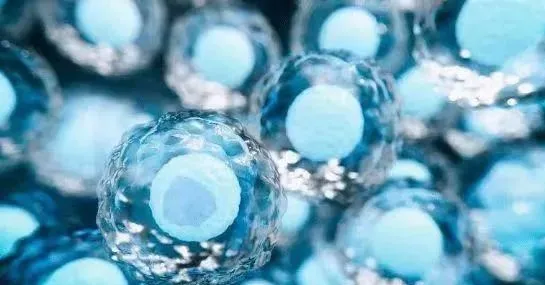
These indications include but are not limited to respiratory diseases (such as COVID-19, COPD, pulmonary fibrosis), nervous system diseases (such as stroke, Parkinson's disease), endocrine system diseases (such as diabetes), motor system diseases (such as osteoarthritis), immune system diseases (such as systemic lupus erythematosus), reproductive system diseases (such as intrauterine adhesions), circulatory system diseases (such as acute myocardial infarction) and digestive system diseases (such as cirrhosis).
The potential of stem cell therapy lies in its ability to improve or restore the function of damaged tissues, providing a new treatment approach for diseases that are difficult to solve with traditional treatments. Without further ado, we can understand what stem cells can do at present with just one picture:
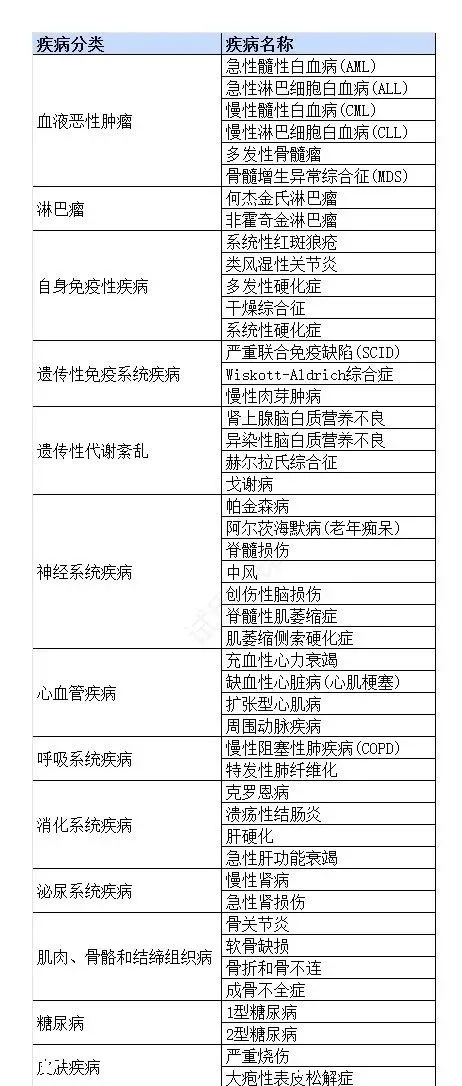
As a revolutionary medical method, the potential of stem cell therapy in disease treatment is gradually being recognized by the scientific community and medical practice. With the deepening of research and the advancement of technology, stem cell therapy is expected to provide new solutions for a variety of difficult-to-cure diseases, thereby improving the quality of life of patients and prolonging life expectancy.
